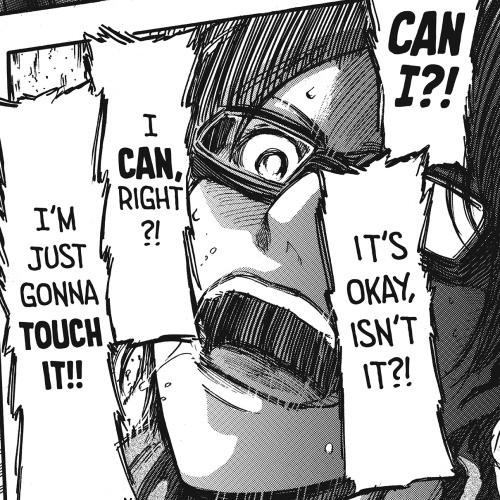Ryuhei Kitamura is a God. Why is he a God? Not just because he’s made Azumi, the movie that introduced my eye-candy-deprived self – well, in 2003, at least – to Aya Ueto and her roaring rampage in a village full of crazed bandits. Just for the record, there is some crazed fan over in the IMDB boards who calculated that the total number of kills Azumi made in the movie is 164, which is about twice that of The Bride in Kill Bill. *snicker*
Using Ms. Ueto in a manner that befits her stature is but the least of Ryuhei Kitamura’s virtues. What makes him a member of my Personal Pantheon is this movie he made way back – called Versus. Understand this – a movie like Versus is Genre-redefining High Concept. Take a Samurai movie, which has sword-fights and arterial sprays galore, take a standard Yakuza shoot-em’-up, with dollops of John Woo-ish coolness. To this, add a Zombie movie set-up. If your brain has exploded from the possibilities this mixture has opened up before you – wait up, I am not done yet, so put that gooey mess back inside your head and keep listening. Every scene in the movie takes place in a forest, just because Kitamura and his crew could not afford a set. The entire movie was completed under 400,000$, and everybody involved did their own stunts. ( Yes, having a commentary track on a DVD does help, thanks)
But no, a movie like Versus would probably be relegated to wannabe-action-movie status, if not for two redeeming factors. One is Tak Sakaguchi, the actor who plays the lead role and rightly enough, modifies “acting” to “actioning” – he indulges in sword-and-gunplay with an inherent coolness that should put people like Keanu “I wanna Be The One” Reeves to shame. Tak Sakaguchi is The One in every freakin’ frame of the movie – but, whoa, hold on, I am not going to talk about him. I want to talk about the other name that makes Versus a repeat watch for me.
Nobuhiko Morino.
The guy who composed the soundtrack to Versus. A mish-mash of sounds that kicks the mood of the movie into overdrive from the word go. Begins with low strings and the shamisen and a bit of taiko drumming, a tabla riff here and there, discordant elements that suddenly erupt into chants – quite an appropriate music for a lone samurai fighting zombies. “The Escapee” is the setup piece, rock guitar howling out a warning of things to come. The fun begins right after that – the tabla-ghatam-drumbeat of “Big Trouble on The Way”, the Jew’s Harp on “I’m a Feminist” ( the specific scene when this bit of music kicks in falls in my personal list of All-Time Great Musical Moments in Cinema), the electric-guitar-that-sounds-like-a-sarod-solo in “Join The Party”, the completely bluesy groove on “I’m A Fighter”, the total chaotic feel of…erm…”Total Chaos” – these are the tracks productive days are made of. All the songs are instrumentals, most of them electronic squelches and beeps and break-beats, loads of rock guitar, a little bit of orchestral music, which is there just to wind the listener up before a really kickass track begins. Kenichi Yoshida contributed with his Tsugaru-Shamisen, which is a Japanese stringed instrument that you must have heard sometime or the other.
I haven’t heard any other albums by Nobuhiko Morino – he seems to have composed very few other movie soundtracks, Kitamura’s Alive, and part of Godzilla: Millenium Wars. I really dunno how the man’s tunes will gel with movies that do not have the frenetic pace of Versus, but hey, no harm listening to the soundtracks, right?
Thus, another quest begins.





















